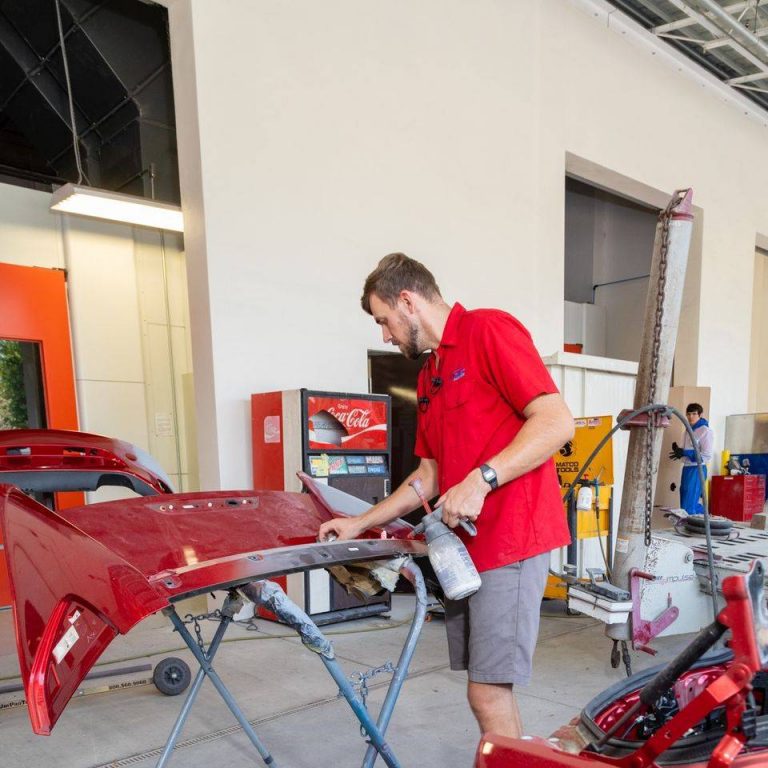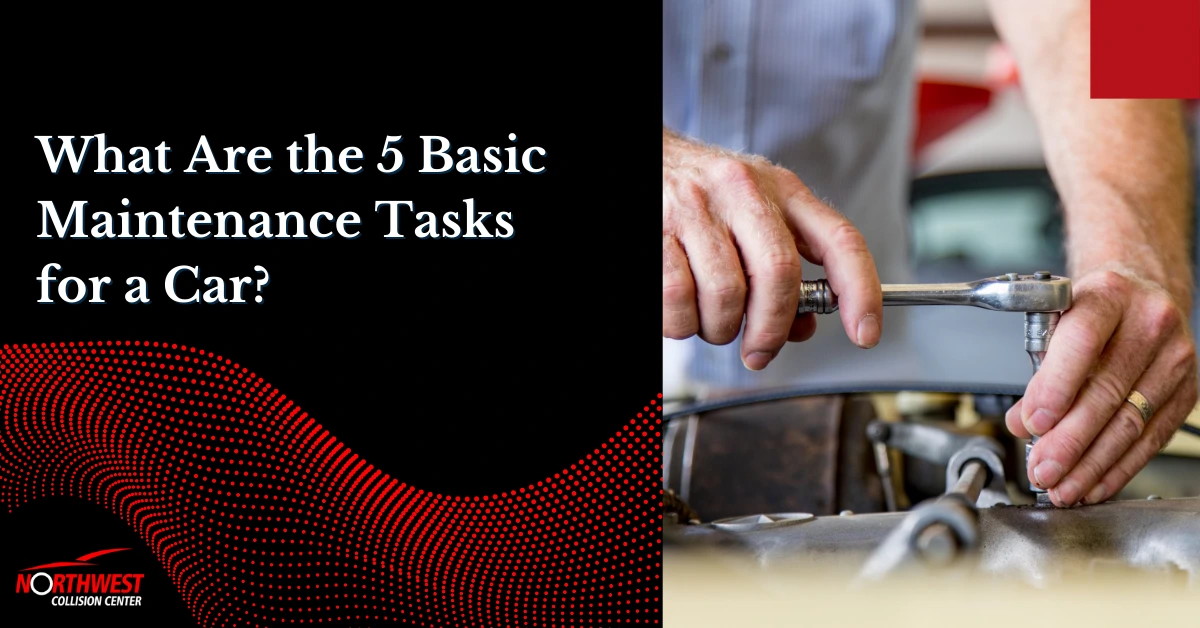When you bring your car to an auto body repair shop, dozens of steps are taken before and after the actual repair work is performed. One of the finishing touches to a repainted car is restoring emblems, side moldings and body cladding to a repainted area.
Time was when moldings and emblems were fixed to the car using pins or screws that were embedded into the molding or emblem and inserted through holes in the body panels. Nowadays, those things are practically non-existent, and adhesive tapes have taken the place of those pins and screws. It has made things both easier and harder at the same time, because you have to prep the surface so that the adhesive sticks properly but once you stick it on, you’re done. No more twisting a nut behind the body panel. On the other hand, the holes in the old days helped you align moldings and emblems. Today, you need a strip of tape along the body to ensure that the molding is aligned straight and true.
When removing body moldings, note that some are simply not reusable. Some are so thin nowadays that a bend in the wrong direction (such as when pulling it off) will cause a ripple that cannot be removed. There are also those strips of foil-like material embedded in some moldings that will wrinkle once removed. They types of moldings simply have to be discarded by an auto body repair shop as there is no way to reuse them without the unsightly wrinkles being noticed. An auto body repair shop estimate has to make this clear to a client so that the cost of the new molding is not contested.
As far as emblems go nowadays, some new ones present exactly the same problem as those thin body moldings that wrinkle when removed. With most emblems being finished in chrome, any imperfections are immediately noticeable. A seemingly minor detail, but one which can cause some aggravation to a meticulous owner, is reattaching emblems or model designations off the original location or with the wrong spacing. For a technician at an auto body repair shop who deals with several vehicles a day, this may seem like a trivial thing, but it’s not for the owner of a Mercedes who finds his car has become a C230 instead of a C320. An easy fix to this is to use a strip of masking tape under the letters/numbers of an emblem, writing on the tape which symbols go where and putting vertical marks on the tape to designate the spacing. It’s a little detail that speaks volumes to a client of how you cared for his or her car.
At Northwest Collision Center we always take proper care of your vehicle throughout the entire process. Trust your car with us!










